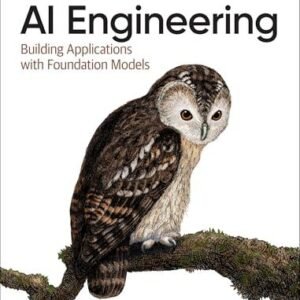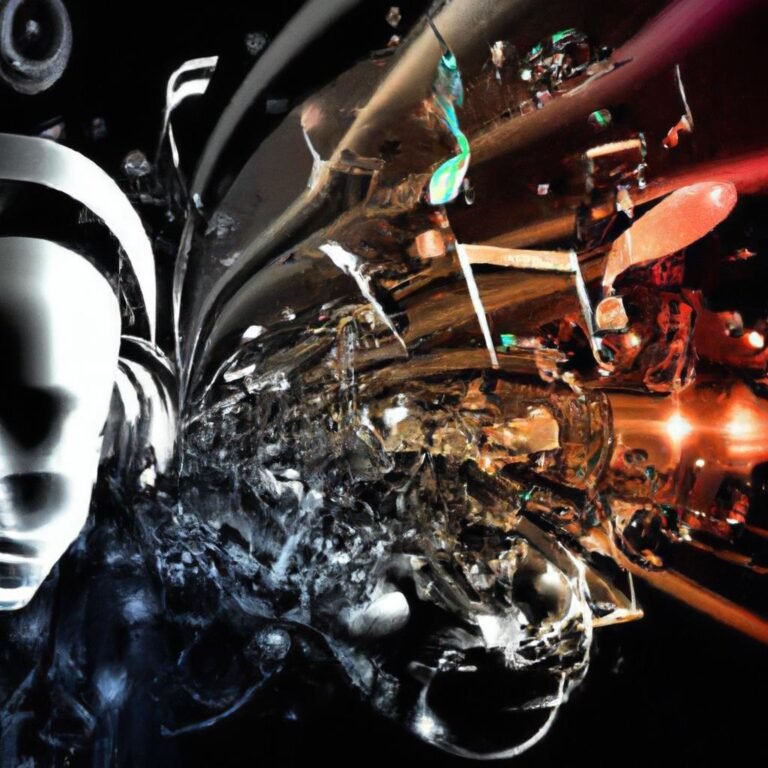As we navigate through the 21st century, the music industry stands at the forefront of a technological renaissance, shaped profoundly by the rise of artificial intelligence. From the way artists compose and produce music to how listeners discover and interact with their favorite tunes, AI is rapidly reshaping the sonic landscape we know today. No longer just a tool for technical enhancement, AI has emerged as a creative partner, enabling musicians to explore new genres, streamline production processes, and reach audiences in innovative ways. In this article, we will delve into the transformative power of AI within the music sphere, examining its implications for creativity, collaboration, and even the future of live performances. Join us as we explore how these emerging technologies are set to redefine not just the music we hear, but also the very essence of what it means to be a musician in this digital era.
Table of Contents
- Exploring AI-Driven Composition Tools and Their Implications for Artists
- The Role of Machine Learning in Music Personalization and Audience Engagement
- Navigating Copyright Challenges in the Age of AI-Generated Music
- Future Trends: How AI is Shaping the Business Model of the Music Industry
- To Conclude
Exploring AI-Driven Composition Tools and Their Implications for Artists
As artists navigate the evolving landscape of music production, AI-driven composition tools are proving to be valuable allies in the creative process. These innovative technologies leverage vast databases of musical theory and precedent to assist artists in generating original compositions. By analyzing patterns, genres, and styles, they provide personalized suggestions, enabling musicians to break through creative blocks. Some notable benefits of these tools include:
- Inspiration and Idea Generation: AI can propose unique chord progressions and melodies that an artist may not have considered.
- Time Efficiency: Automating melodic creation saves artists time that can be redirected towards performance and emotional expression.
- Collaborative Opportunities: Musicians can collaborate with AI in real-time, creating a harmonious blend of human creativity and machine learning.
However, the integration of AI in music composition also raises critical implications for the industry and artists’ identities. The blurring line between human-created art and algorithm-generated pieces sparks debates about authenticity and originality. As we embrace these technologies, it’s essential to establish a framework that respects artistic integrity while allowing for innovation. Here’s a consideration of some implications:
| Implications | Positive Aspects | Concerns |
|---|---|---|
| Creation Process | Enhanced creativity through collaboration. | Loss of traditional skills and techniques. |
| Intellectual Property | New avenues for ownership and royalties. | Complications in attributing authorship. |
| Market Dynamics | Expanded access to music creation for all. | Oversaturation of the market with algorithm-driven music. |
The Role of Machine Learning in Music Personalization and Audience Engagement
Machine learning has become an invaluable tool in the music industry, allowing for unprecedented levels of personalization that keeps listeners engaged and eager for more. By analyzing vast amounts of data from streaming services, social media interactions, and user preferences, algorithms can identify listening patterns and predict future choices. This enables platforms to create highly customized playlists and music recommendations that resonate with individual tastes. Notable accomplishments include:
- Dynamic Playlists: Services like Spotify use algorithms that evolve based on real-time user feedback.
- Genre Blending: ML models can analyze hybrid genres, unlocking new combinations that appeal to niche audiences.
- Sentiment Analysis: Advanced tools assess lyrics and social sentiment, enhancing the relevance of song suggestions.
Beyond crafting tailored listening experiences, machine learning enhances audience engagement through targeted marketing campaigns. By determining the most effective channels and formats for outreach, artists and labels can connect with fans in meaningful ways. For instance, using predictive analytics, the industry can identify potential hits before they reach mainstream audiences. The integration of AI technologies enables a deeper understanding of fan demographics, leading to highly personalized promotional efforts:
| Engagement Strategy | Description |
|---|---|
| Social Media Targeting | Utilizing user data to craft tailored ads that resonate with specific fan bases. |
| Email Campaigns | Personalized recommendations and content based on previous interactions. |
| Virtual Concert Experiences | Leveraging ML to suggest features for enhanced viewer engagement during live streams. |
Navigating Copyright Challenges in the Age of AI-Generated Music
As we embrace the evolution of AI-generated music, navigating the intricate landscape of copyright challenges becomes paramount. The foundational question revolves around authorship: who owns the rights to a melody composed by an AI? This question not only affects the artists and producers but also raises broader implications for copyright law as we know it. With AI systems capable of creating music that rivals human composers, understanding how to attribute ownership and ensure fair compensation is crucial. Key considerations include:
- Legal Frameworks: Analyzing current copyright laws and their applicability to AI-generated content.
- Licensing Agreements: Developing comprehensive contracts that address the use of AI in music creation.
- Ethical Implications: Evaluating the moral responsibilities of utilizing AI in the creative process.
To illuminate this evolving challenge, let’s consider a comparative overview of traditional copyright challenges versus those presented by AI-generated works:
| Aspect | Traditional Music | AI-Generated Music |
|---|---|---|
| Ownership | Primarily rests with the human creator. | Ambiguity in authorship; multiple stakeholders involved. |
| Licensing | Well-established protocols and practices. | Need for innovative frameworks to address AI contributions. |
| Enforcement | Clear legal precedents exist. | Complicated by the lack of clarity around AI rights. |
This table highlights the distinct challenges faced in the realm of copyright as we integrate AI technologies into music production. As the industry adapts, artists and legal professionals alike must engage in thoughtful discussions to forge new pathways that respect creativity while embracing technological innovation.
Future Trends: How AI is Shaping the Business Model of the Music Industry
The advent of artificial intelligence is revolutionizing the music industry, offering innovative ways for artists to create, distribute, and monetize their work. One notable trend is the emergence of AI-driven composition tools, enabling musicians to generate unique melodies and harmonies. These tools help democratize music creation, allowing aspiring artists without extensive training to produce professional-sounding tracks. Additionally, AI algorithms analyze listener data in real-time, enabling record labels to make informed decisions on marketing strategies and artist promotion. This data-centric approach not only enhances targeted advertising but also personalizes the listening experience for fans.
Moreover, the integration of AI into streaming platforms is reshaping revenue structures. Companies are leveraging machine learning to curate playlists that cater to individual preferences, significantly increasing user engagement and retention. As a result, artists benefit from streamlined exposure and can explore new revenue models, such as direct-to-fan sales and crowdfunding through blockchain technologies. This shift towards personalized service and innovative monetization reflects a broader transformation in the industry, where collaboration between humans and machines is set to unlock new creative potential.
To Conclude
As we navigate the ever-evolving landscape of the music industry, it is clear that AI technology is not merely a passing trend but a transformative force shaping the very fabric of musical creation and distribution. From automated composition tools to smart recommendation algorithms, the integration of AI into the creative process challenges traditional norms while opening up new avenues for artists and listeners alike.
The implications of these advancements are profound, having the potential to democratize music production and provide unprecedented access to diverse musical styles and emerging talents. Yet, as we embrace these innovations, it is essential to remain vigilant about the ethical considerations and the potential impact on human creativity.
In a world where technology and artistry intertwine more than ever, the future of music promises to be both exciting and complex. By staying informed and engaged, we can participate in this unfolding narrative, ensuring that the art of melody continues to resonate with authenticity and depth.
Thank you for joining us on this exploration of AI’s impact on music. We invite you to share your thoughts and experiences in the comments below, and to stay tuned for more insights into the intersection of technology and creativity in our upcoming articles. Until next time, keep listening and keep creating!





